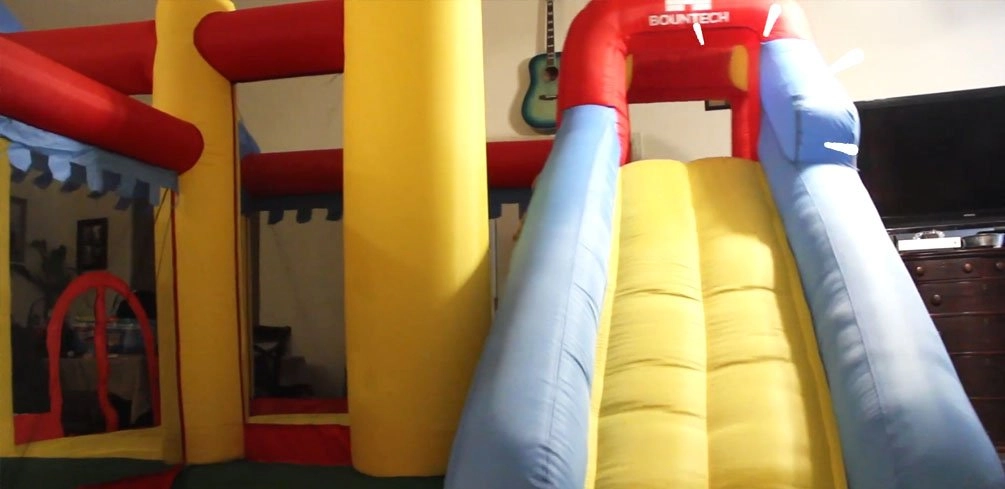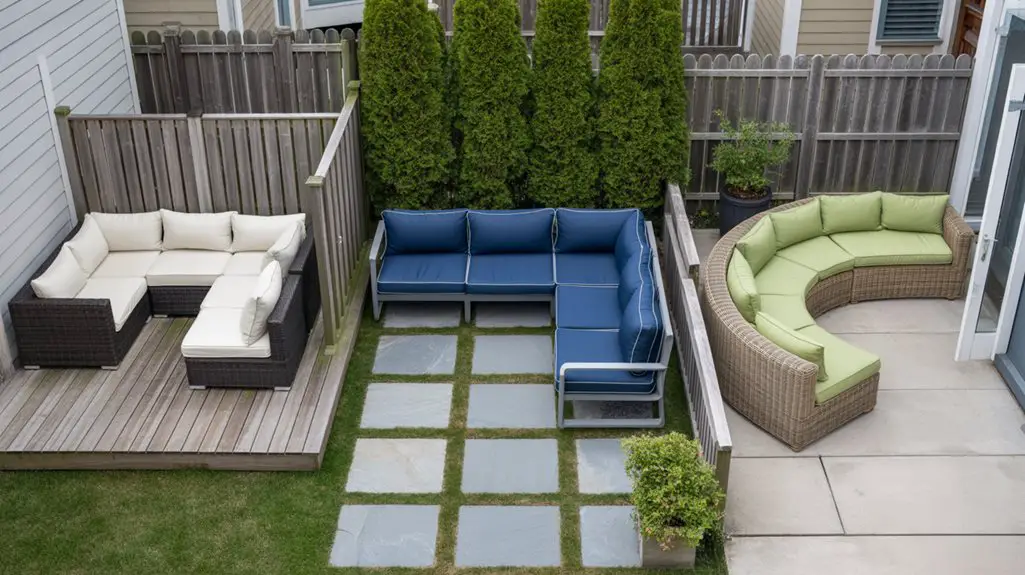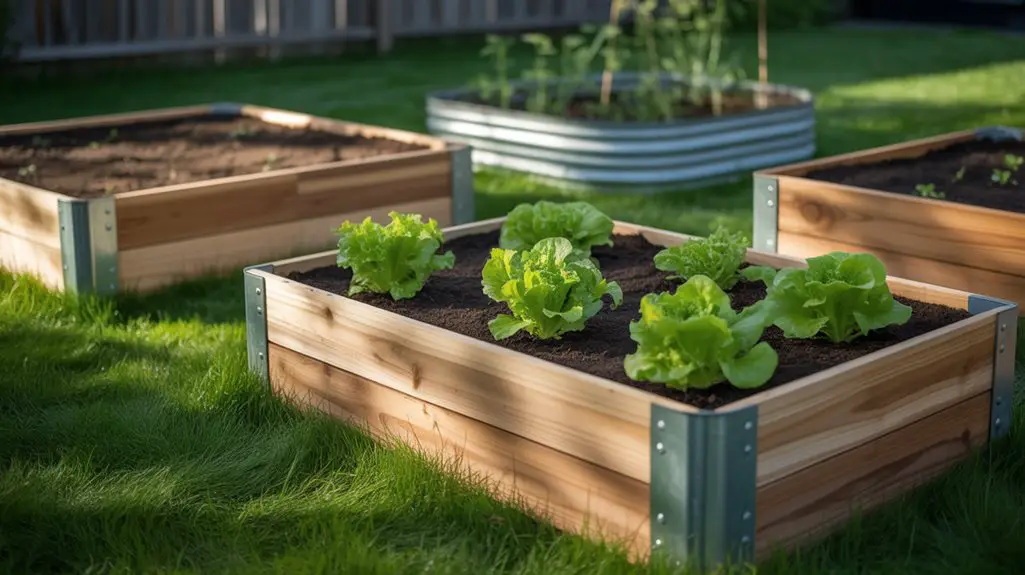You can put a bounce house inside, preferably on a soft surface like carpet. Indoor bounce houses are recommended, however; any bounce house that can fit, be anchored, and have a power outlet can be used in a home. Keep in mind they can be loud and you can not use gas-powered generators inside because of the dangerous fumes.
I’m sure you’ve seen those huge bounce houses at children’s birthday parties and carnivals. But can you put one inside your house?
If so, what are the best indoor bounce houses that will keep your kids entertained for hours? That is the question we’ll answer today. It turns out there are some great options available on Amazon!
Looking for a Bounce House?
Here is a list of our recommendations for the Best Indoor Bounce Houses and Best Commercial Bounce Houses.
Can You Put a Bounce House Inside?
This question comes up a lot, can you put a bounce house inside your home? But it’s possible! I’m sure that many of us have seen those huge ones at children’s birthday parties and carnivals.
And for the most part, they are usually outside on grassy fields or indoors in large warehouses with lots of space to run around without bumping into other kids.
But can you put one inside your house? Yes, you absolutely can as long as you follow these important safety precautions.
There are many indoor bounce houses available on Amazon that will allow your children to jump and play all day indoors while staying safe inside the house! Please keep these factors in mind before purchasing one.
Space Needed
Before purchasing an indoor bounce house make sure you have enough space for the size you purchase. Measure the area where you wish to place the bounce house and make sure it is the right size for the kids.
A good rule of thumb when deciding how much space your indoor bounce house will need in a room, the measure by figuring out where people can stand next without getting knocked over.
Height is very important because some of them are very tall, even factoring that in don’t forget kids will be jumping on them.
– Width
This is the total length of one side, which can be measured by measuring from point A to B in a straight line
– Height
The height will depend upon what you are planning for your bounce house and how tall it needs or wants that space indoors! For example, if this indoor inflatable is for a toddler, it is better to have the height be around four feet tall.
– Length
This will depend on what you are planning and how much space your indoor bounce house needs or wants in that room! For example, if this inflatable toy was planned as something like an obstacle course then more length would work best because of all the obstacles you will want to create.
– Bounce
If the bounce is too much for what it needs inside, then that could be an issue. At least 2 feet should be added for younger kids.
– Extra Space
You will also need some extra room for the air blower and some anchoring. Have extra space around the inflatable to ensure it does not get too close or touch anything else inside that room!
There should be at least a two-foot perimeter of the free floor on either side of your bouncy house is going in an enclosed area.
Soft Surface
Having the correct surface inside helps keep everyone safe, a soft surface like carpet is a great option. It also would help keep the bounce house from sliding and does not hurt when someone falls off of an inflatable toy.
If this is not an option and you have hard floors you can use towels or blankets to help keep your inflatable toy in place and prevent it from sliding.
You can also do this to on the entrance ramp and around the anchors (sandbags). You should also make sure that the floor is covered well to avoid any slips or falls!
This will be very important if there are small children playing inside of an indoor bounce house, they have a tendency for these types of accidents more often than older kids.
If they are using the inflatable with older kids at the same time they can be bounced around easily if they don’t have a good balance yet. Safety is very important when bouncing indoors you want to avoid little kids falling out and landing on the ground.
You can also set up your inflatable toy in the middle of an open space to allow for plenty of room around it and not risk running into anything else or accidentally tripping over something that could cause injury!
Power Outlet
The bounce house stays filled with air constantly unless they are smaller sealed ones. Either way, you will need to use the air blowers that come with them to fill them up.
An electrical outlet will be needed and preferably away from the entrance of the bounce house so there are no accidents with kids tripping over cords.
The air blowers will need to be plugged in at all times and come with a power cord that is about 12 inches long (check product description), but you can get an extension cord if needed. Any issues check Bounce House Not Inflating.
Noise Level
If you are looking for some quiet time this may not be the right toy for you as the blowers for the inflatable can be somewhat loud and you will have to raise your voice when speaking in the room. This is especially to be considered if you are going to be in the same room as the bounce house unit.
Ideal Location
If you plan to leave the bounce house in the same room as the kids, make sure you clear a large space before inflating it. It’s usually best to set up in an open area with no items that can be knocked over.
This is especially true if there are children under three years old as they have more difficulty judging distance and may run into things while playing inside their new inflatable unit.
If the bounce house is only going to be used in this room you can just unplug it when you are finished and it will deflate. If that is not the case after it deflates you can store them away, usually in a bag that is provided when you purchase.
Best Indoor Bounce House Tips Before Purchasing
Here is a list of general recommendations to consider before purchasing a bounce house.
- Roof – If the bounce house is for indoors you will most likely not want to have a roof so don’t pay extra for that.
- Quiet – If noise is going to be an issue, spend a bit more on quieter air blowers it will pay off over time.
- Themes – Some of these indoor bounce houses are themed with different characters or holidays like Christmas or Halloween so kids will be excited and love it even more.
- Mesh Netting – If the bounce house has open areas some add mesh netting to help kids not fall out of the bounce house.
- Storage – Consider where you will store the bounce house and if they offer a bag to put the inflatable in when they are not using it.
- Patches – Smart idea is to purchase a patch kit before you need it that way if a hole happens you can repair it in 10 minutes and the kids can then continue. Here is a guide on how to find and patch the leaks.
- Costs – There are lots of different types from commercial to standard to indoor bounce houses. Here you can find out the cost of bounce houses.
Indoor Bounce House Advantages
Shield from Bad Weather
Indoor bounce houses can be used inside no matter what the weather is outside. This is a great advantage because you will not have to worry about rain, snow, or having the bounce house blow away with wind gusts in most cases.
Cheaper Cost
If your kid loves going on bounce houses then this might be cheaper than paying for different activities like soccer and gymnastics lessons during the summer months.
Inside Protection
The kids are inside with four walls protecting them from wandering off. When using outside bounce houses you have to always worry about them leaving the area and if roads are nearby that even raises the risk of them getting hit by a car.
Whether your child likes to go on the playground or they like going inside, you’ll find indoor bounce houses are more likely than not convenient for families with children who want something new and different for playtime.
Avoid Wear and Tear
Keeping the bounce house inside keeps it protected from the harsh elements outside. The sun can cause the material to wear down and tear because it’s constantly being exposed outside all day long, but with an indoor bounce house, you don’t have that worry anymore!
Not to mention with the kids staying inside they will stay clean as well and not have dirt all over. Bounce houses are designed not to get wet, so keeping them inside really helps.
10 Indoor Bounce House Safety Tips
- Always be watching kids as they play, they need supervision.
- Keep Air Blower Cords tucked away so kids don’t trip.
- Avoid an outlet close to the opening of the bouncers.
- Check the weight limit before allowing multiple or bigger kids in the bounce house.
- If you are having a large party, renting inflatables online at a good price is best as you will be looking more for commercial units.
- Use caution with a little and big kid using them at the same time.
- Allow 2 feet around the perimeter.
- Avoid having valuables near as they can be damaged by jumping inside the inflated bounce house.
- An Anchor for bounce houses always has to be used even if indoors.
- If a slide is included make sure it is positioned correctly.
Conclusion
The bouncy inflatable has no limits including indoors. The fun for children and even a party of bouncing little ones fit easily in larger homes. Lots of factors to consider before purchasing an inflatable bounce house.
Make sure to follow everything above and your feet will be bouncing in no time! If you are looking to get an outdoor bounce house make sure it is close to the house so you can plug it in.
If you are further than an extension cord reaches you will also need a generator, make sure to get the right size generator for the bounce house.
Please be careful and use at your own risk
None of the authors, contributors, administrators, or anyone else connected with BestPlaygroundSets, in any way whatsoever, can be responsible for your use of the information contained in or linked from these web pages.




